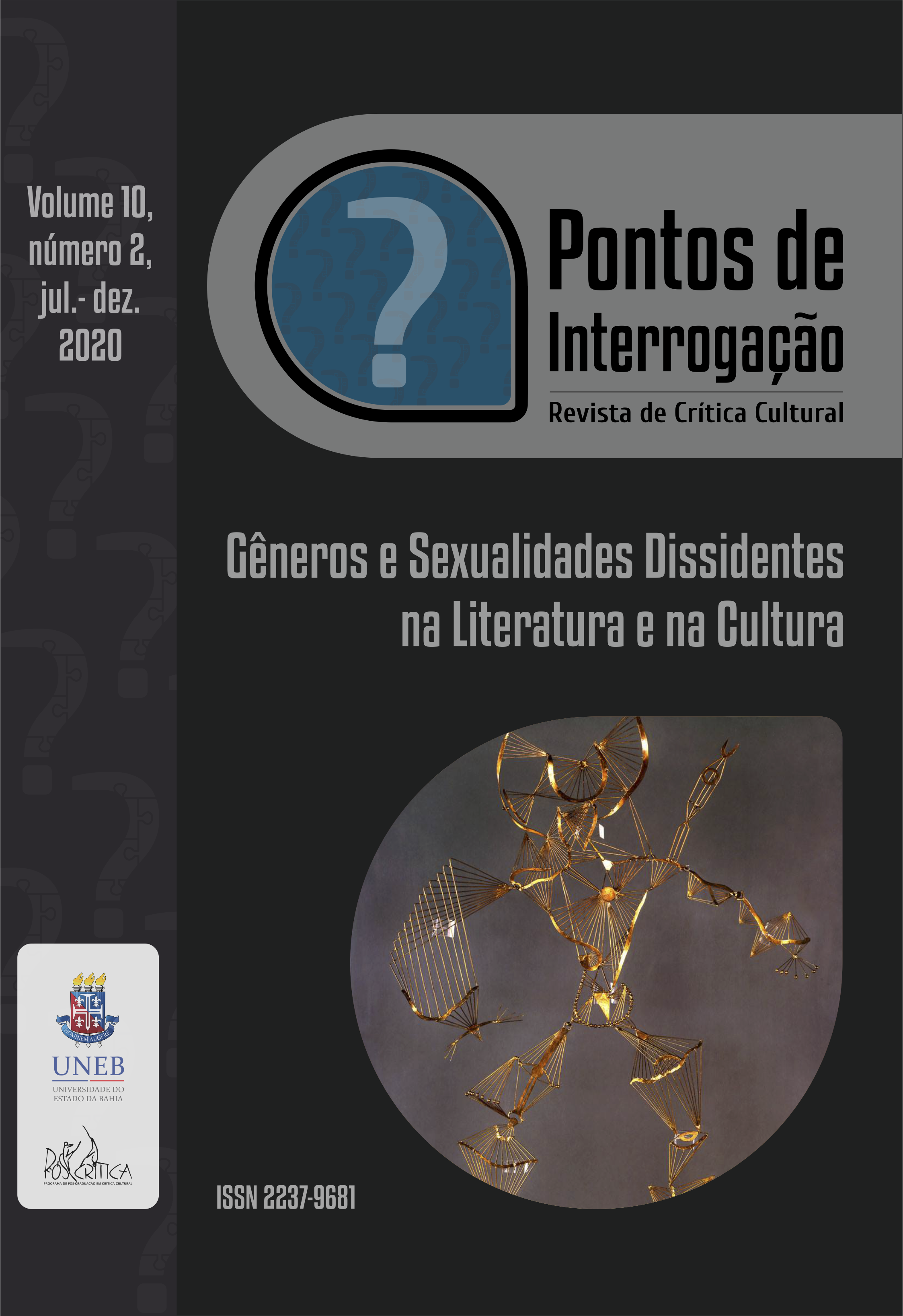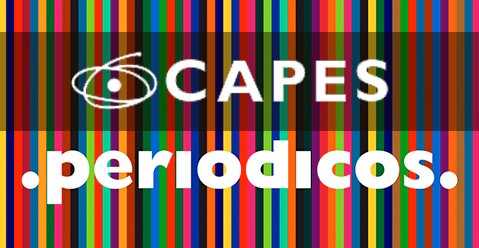Feminism and dissident femininity in popular culture. Cher’s role and the role of religion in Moonstruck
DOI:
https://doi.org/10.30620/p.i..v10i2.10843Resumo
When looking at representations of women, one is faced with the way such representations were conditioned by the prevailing mentality of a particular age, that is to say, how they were ‘framed’ by it. In this article we start by carefully looking at how, in spite of having had frames imposed on them in a constraining way, women have successfully resisted and reworked them, shockingly catapulting traditional iconography to a new sphere; namely popular icons. A ‘damsel in distress’ is, definitely, a ‘framed’ woman. She has been, throughout history, a common archetype in myth. Always helpless, she is in need of being rescued by a male figure; an idea that must have done wonders to the egos of male writers and readers alike. For that reason, we will be looking at ‘damsels in distress’ along history. More specifically, we apply the notion of frame to representations of gender and explore how popular culture is frequently capable of ‘unframing’ those representations. Our case study is the 1987 post classical romantic comedy Moonstruck an intersemiotic and intertextual product with traces of both Cinderella, Little Red Riding Hood, and Puccini’s opera La Bohème, three stories in which ‘damsels in distress’ play the main role in the plot in order to deconstruct the above mentioned stereotype of ‘the damsel’ with the ‘help’ of strong female characters, one of them being Loretta, the character played by Cher.
Downloads
Downloads
Publicado
Como Citar
Edição
Seção
Licença
Copyright (c) 2020 Pontos de Interrogação – Revista de Crítica Cultural

Este trabalho está licenciado sob uma licença Creative Commons Attribution-ShareAlike 4.0 International License.
Autores que publicam nesta revista concordam com o seguinte termo de compromisso:
Assumindo a criação original do texto proposto, declaro conceder à Pontos de Interrogação o direito de primeira publicação, licenciando-o sob a Creative Commons Attribution License, e permitindo sua reprodução em indexadores de conteúdo, bibliotecas virtuais e similares. Em contrapartida, disponho de autorização da revista para assumir contratos adicionais para distribuição não-exclusiva da versão do trabalho publicada, bem como permissão para publicar e distribuí-lo em repositórios ou páginas pessoais após o processo editorial, aumentando, com isso, seu impacto e citação.























